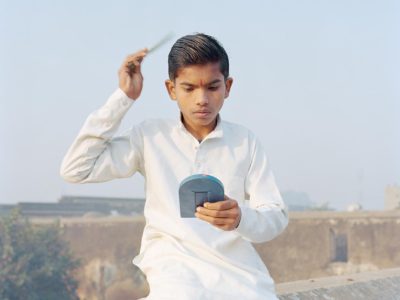Human Dilatations — Roger Weiss Creates Mind-Blowing Portraits of Dilated Female Bodies
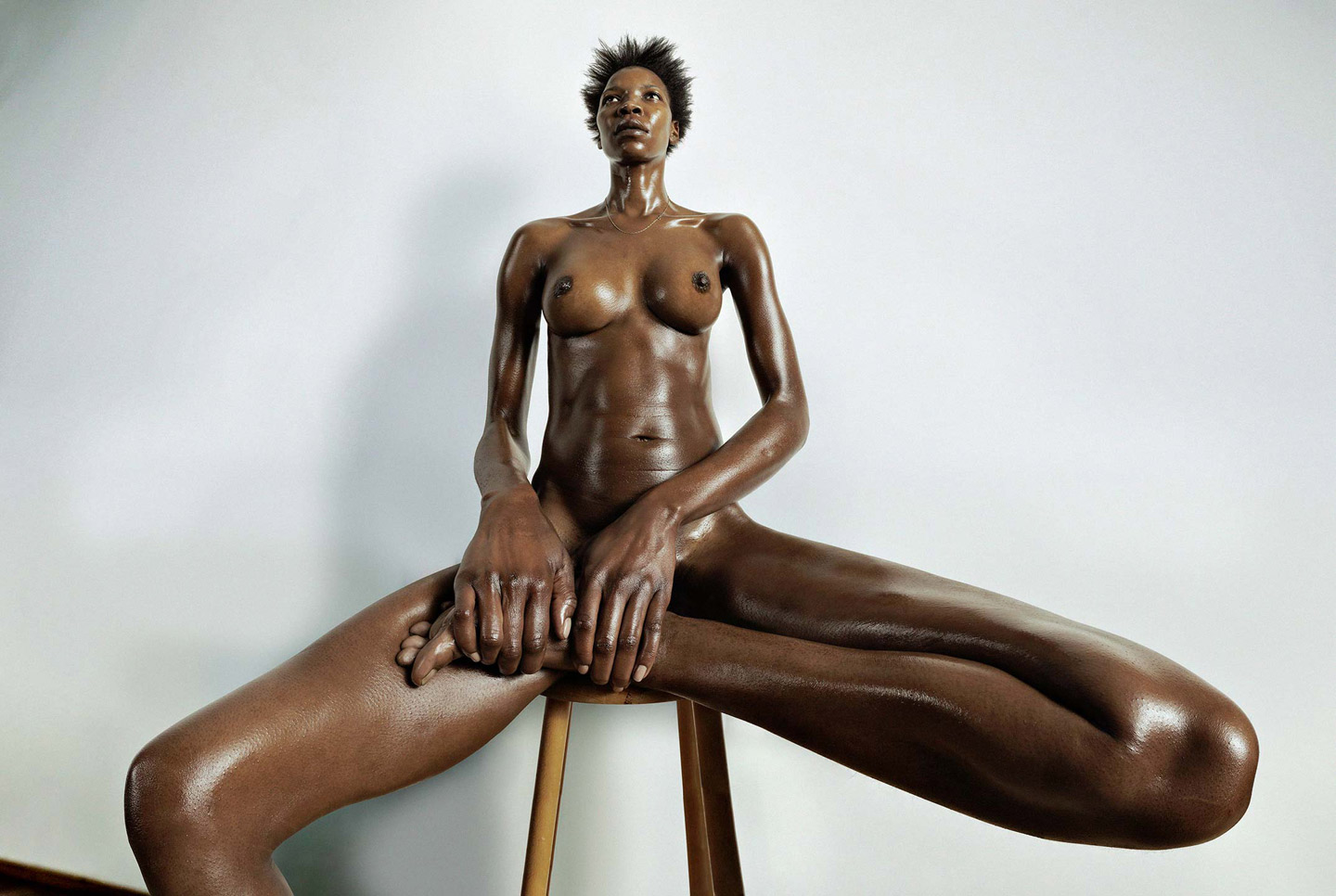
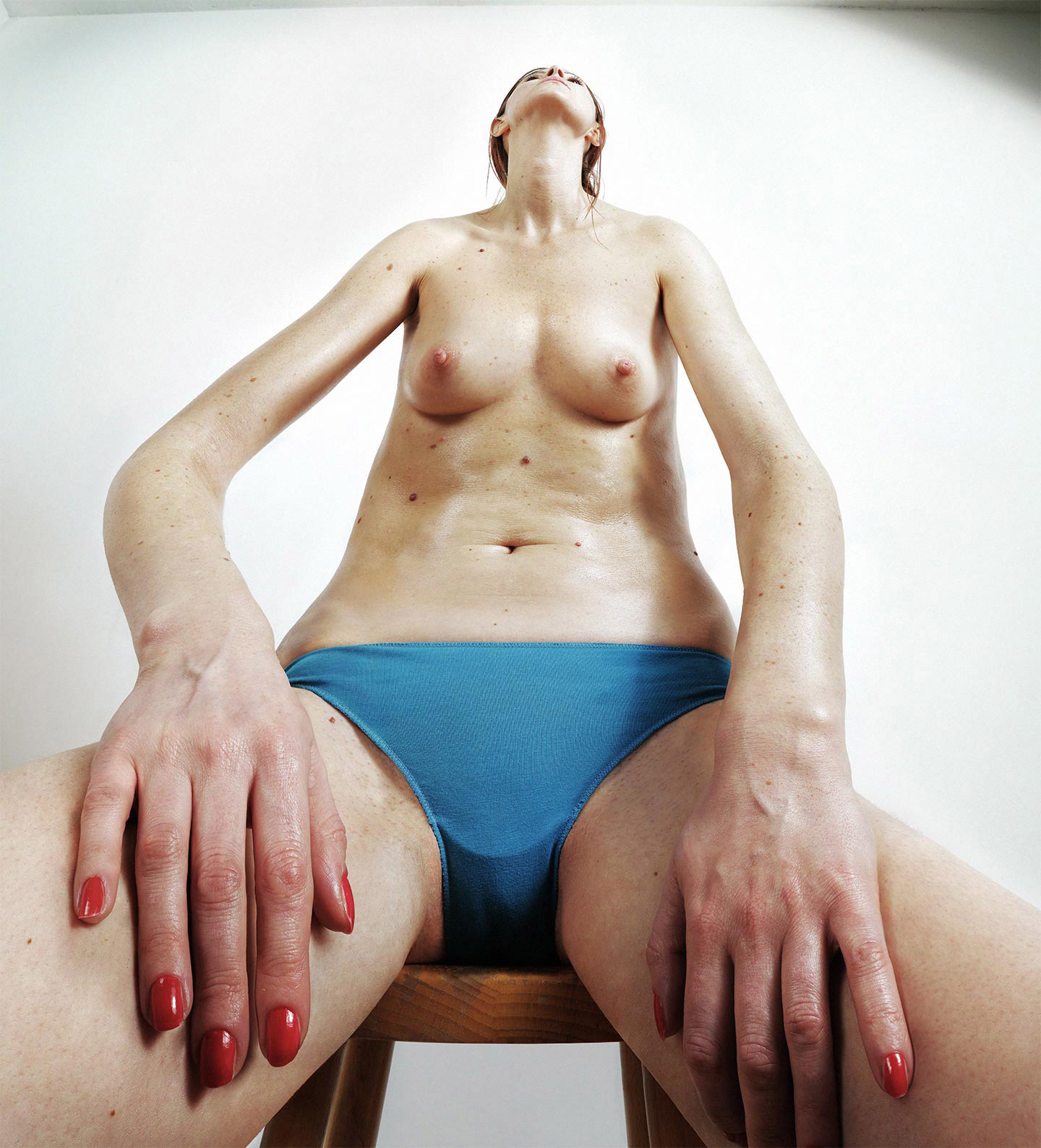
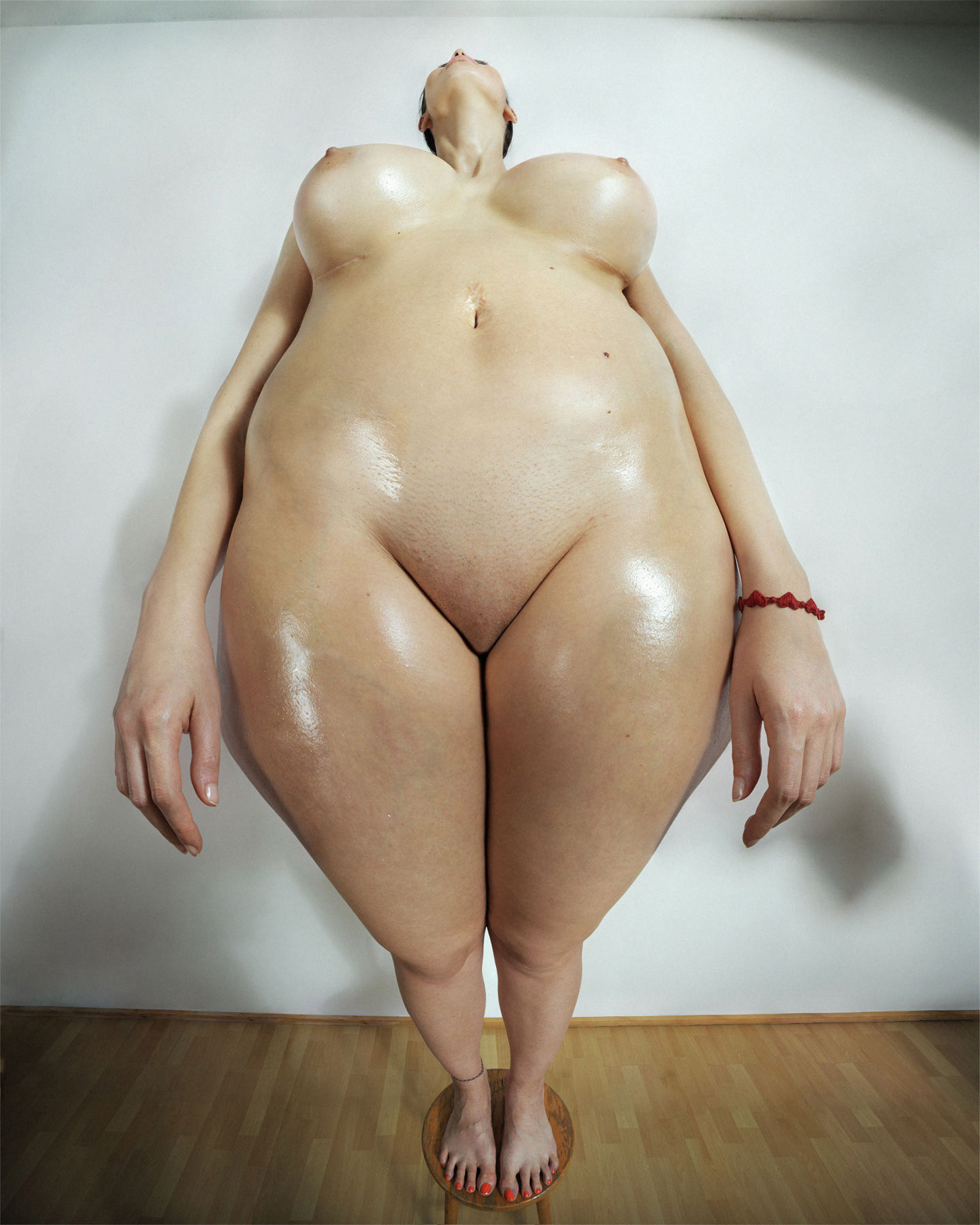
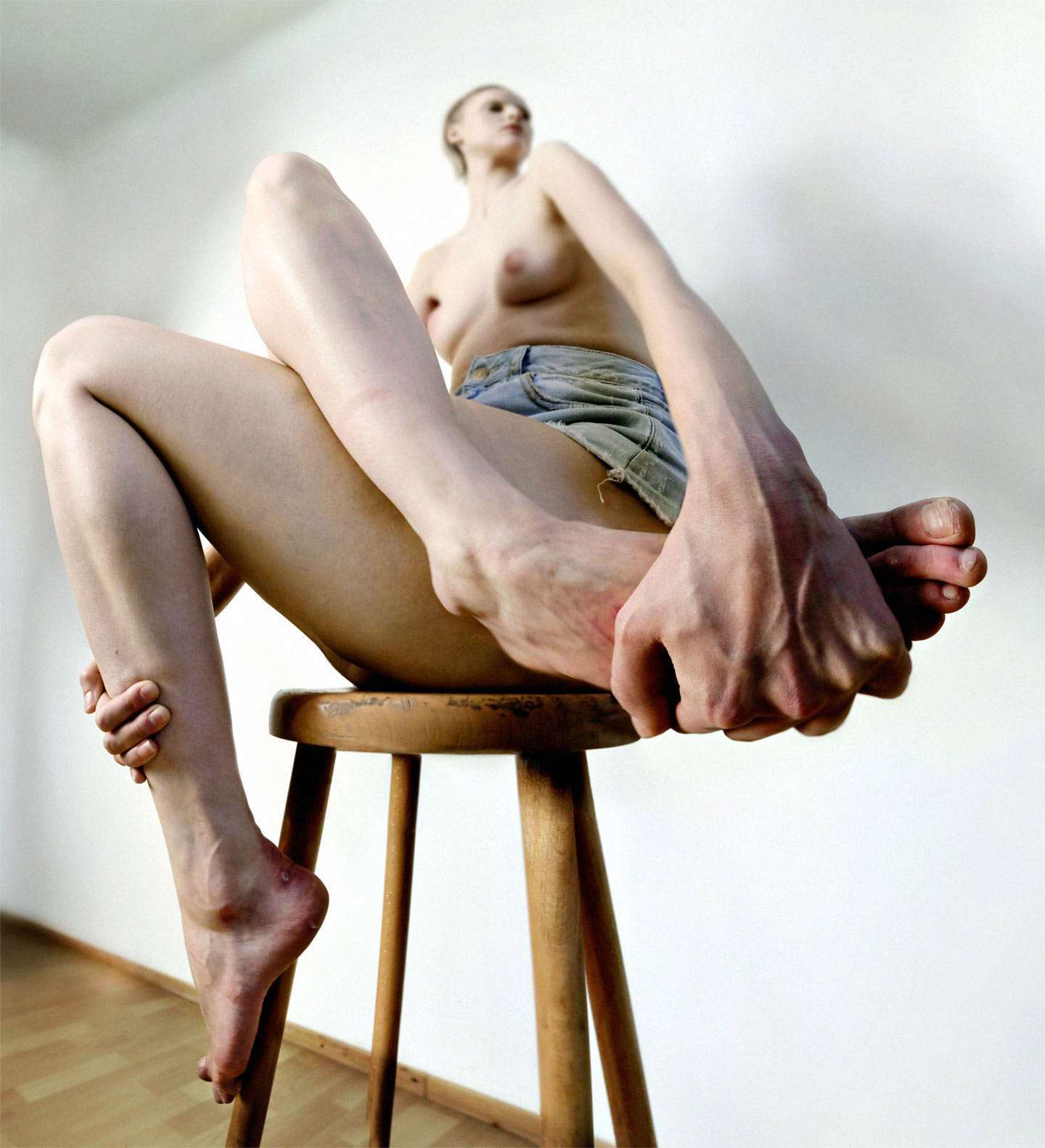
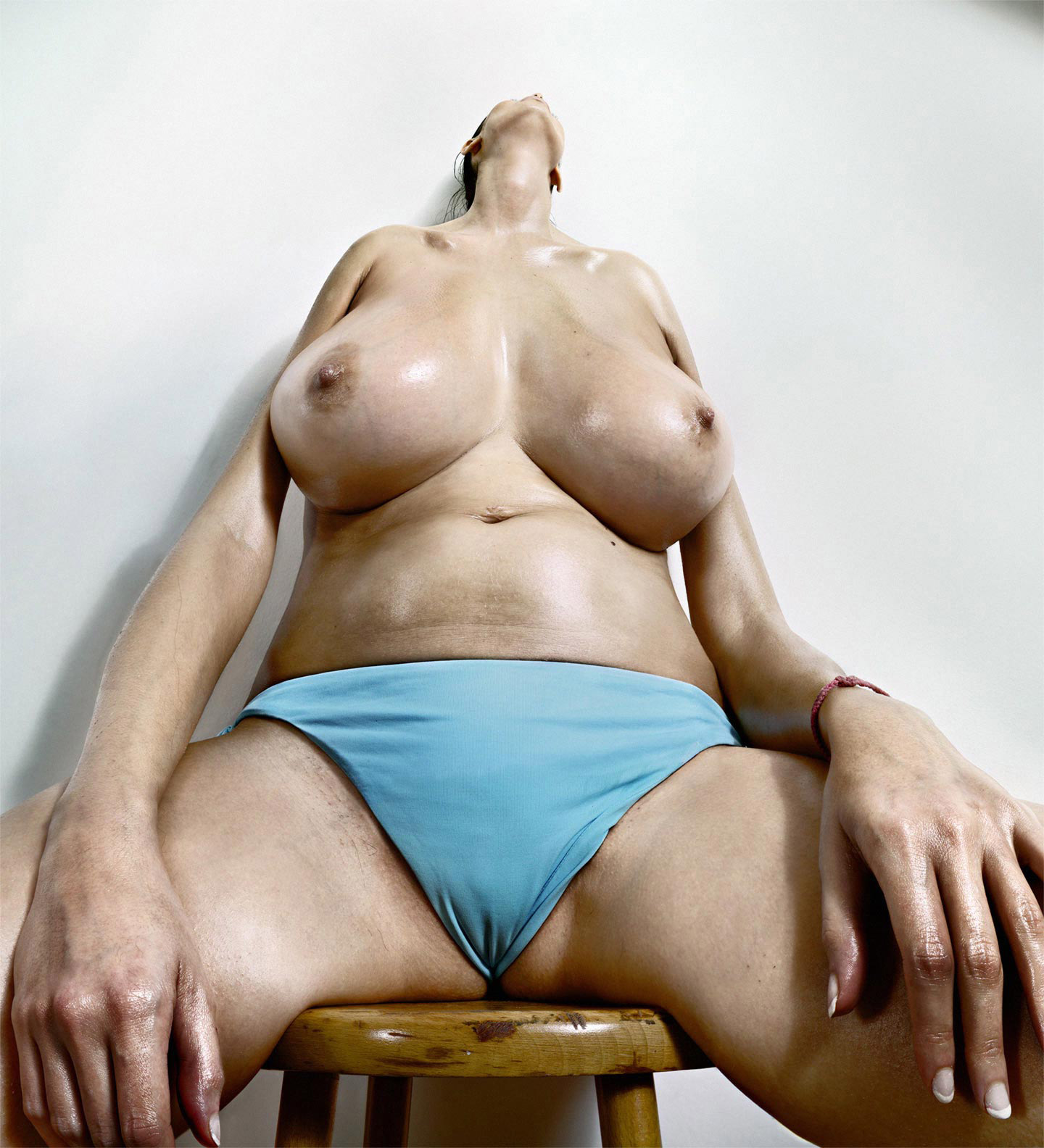

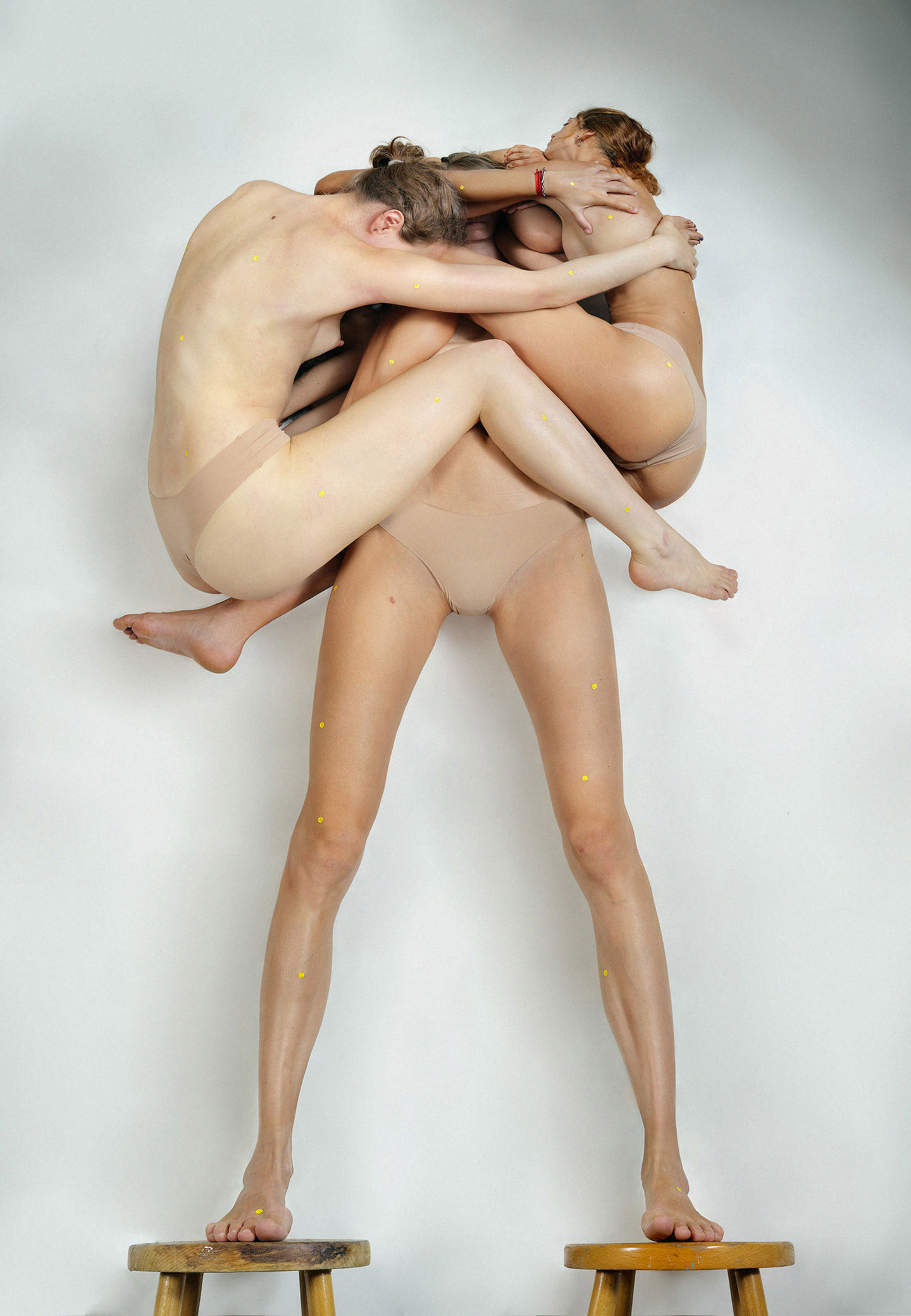
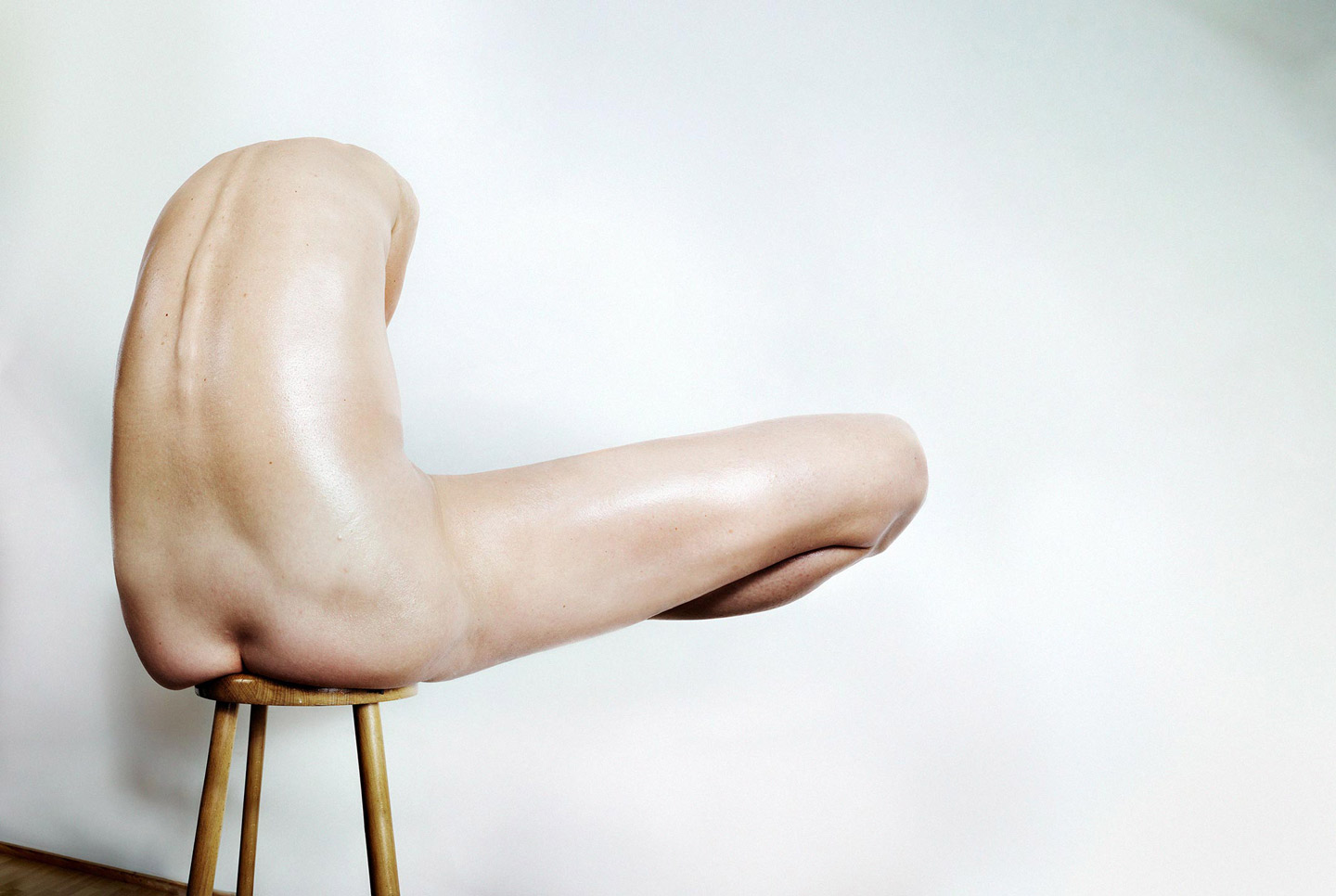
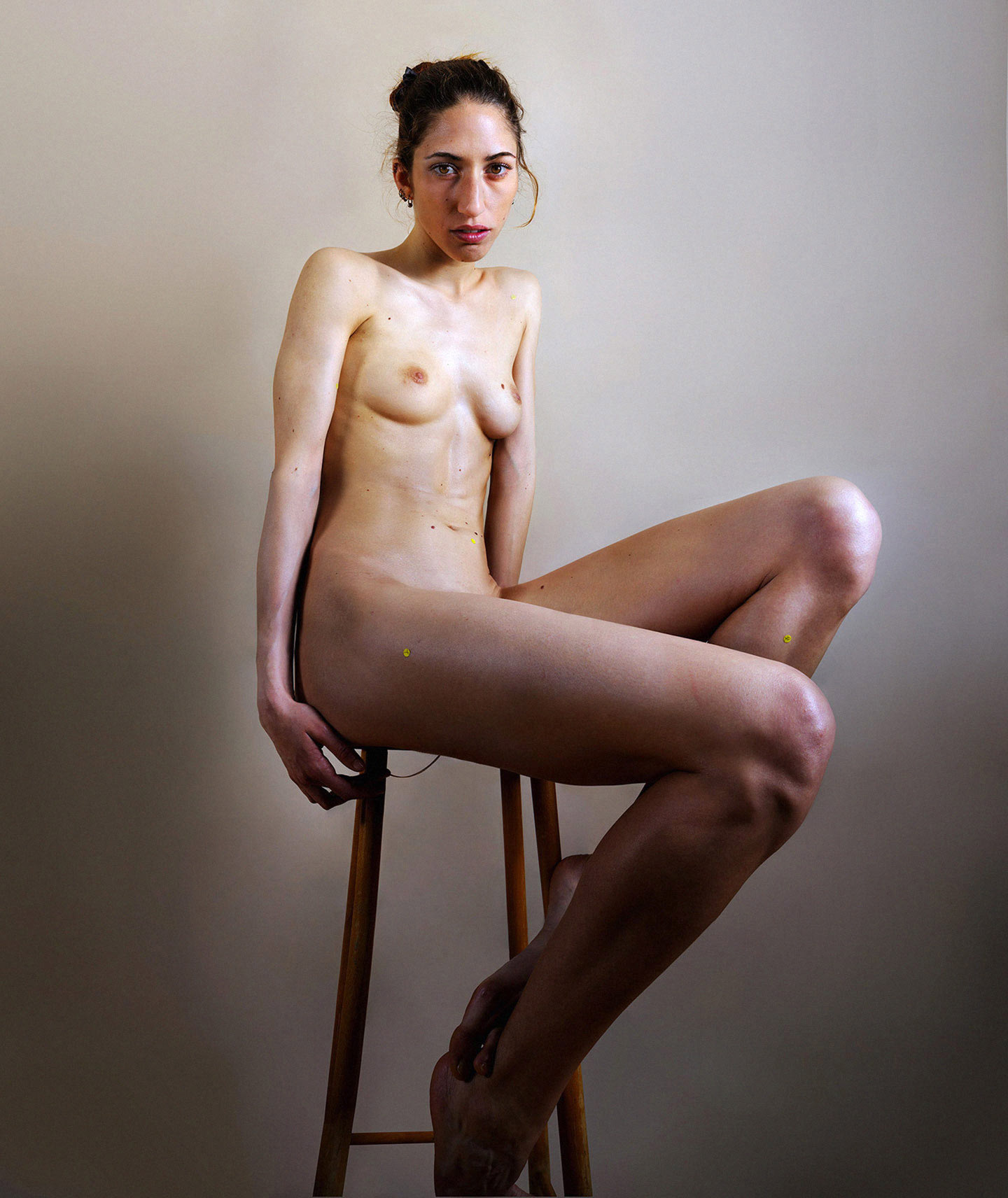
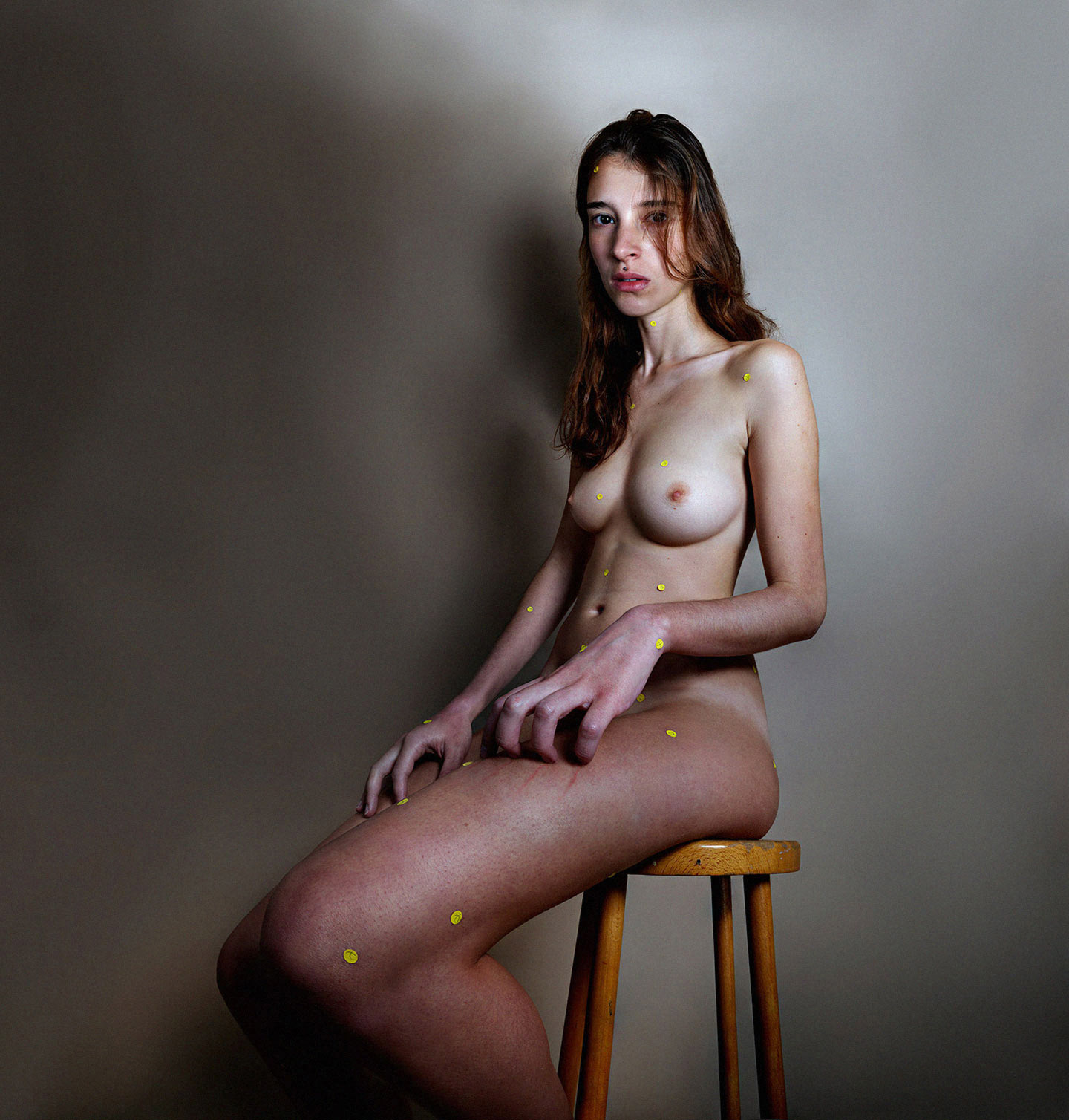
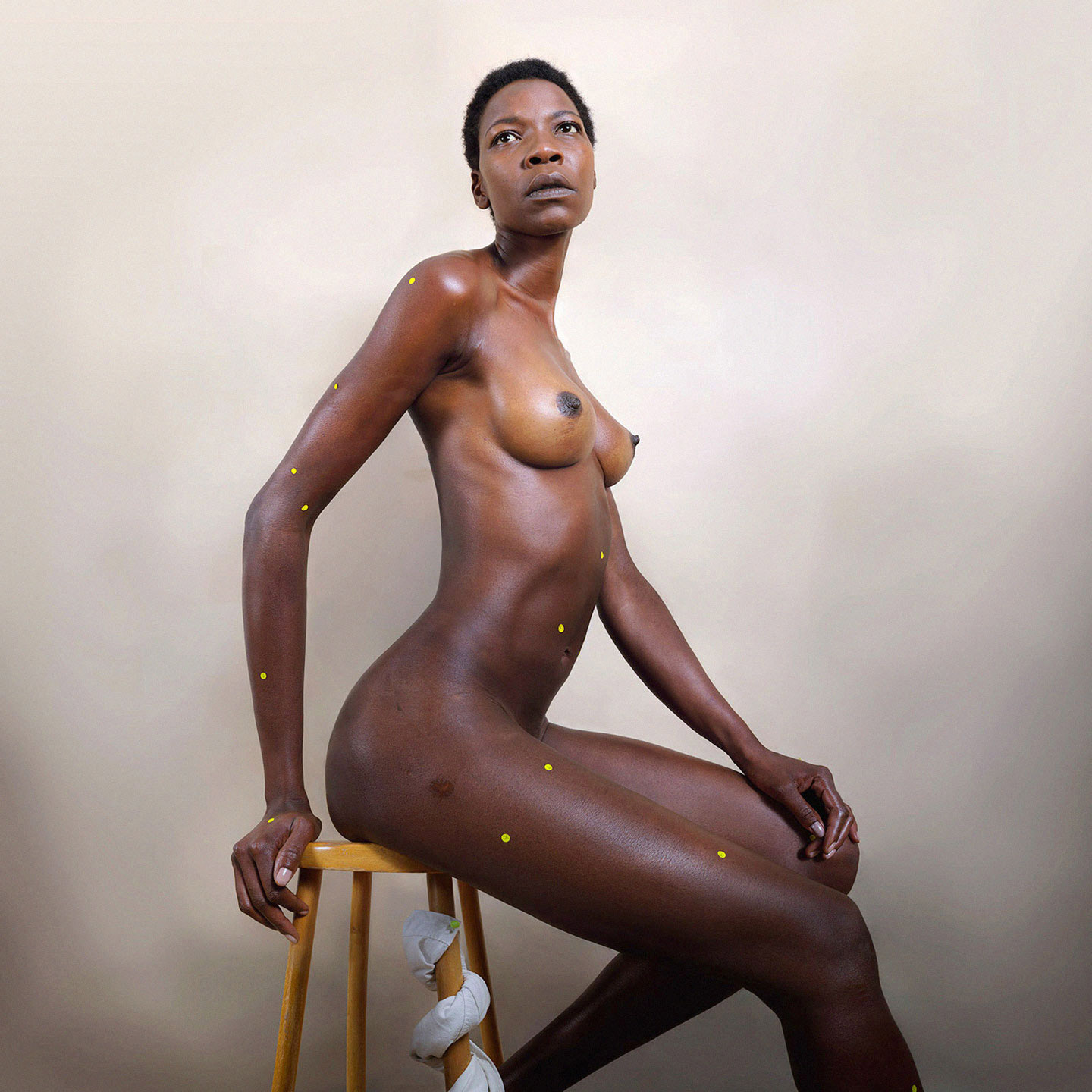
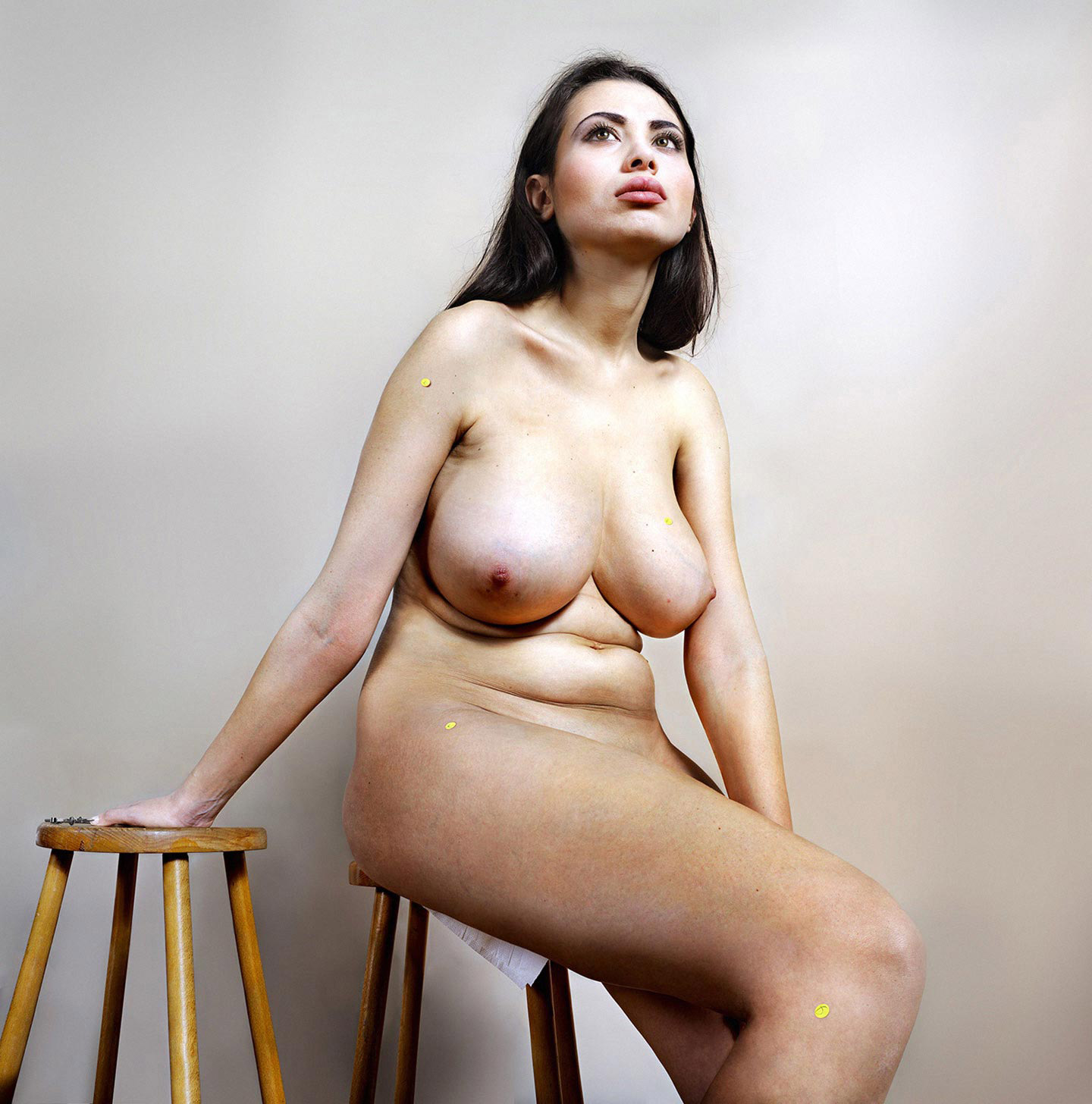
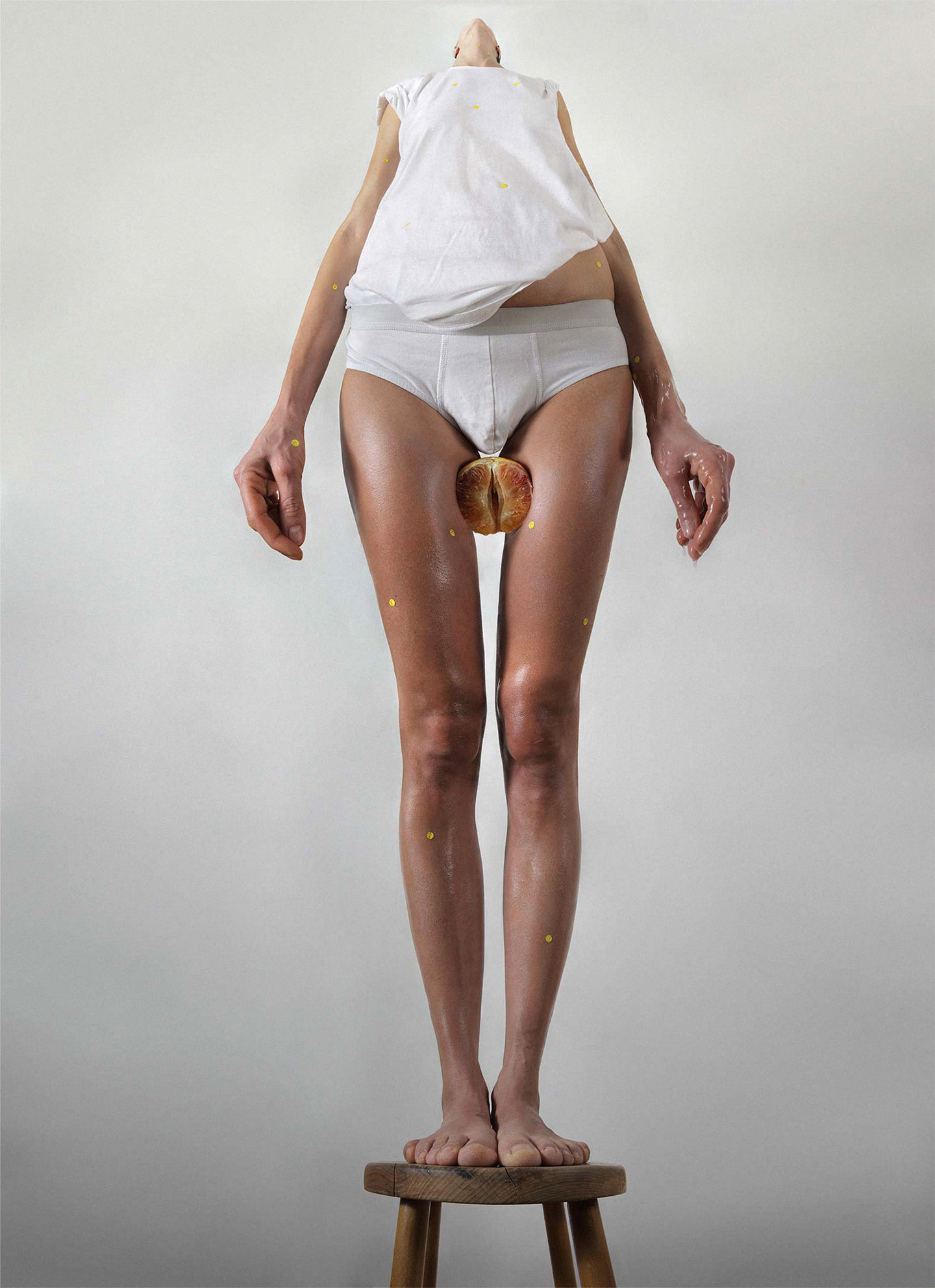
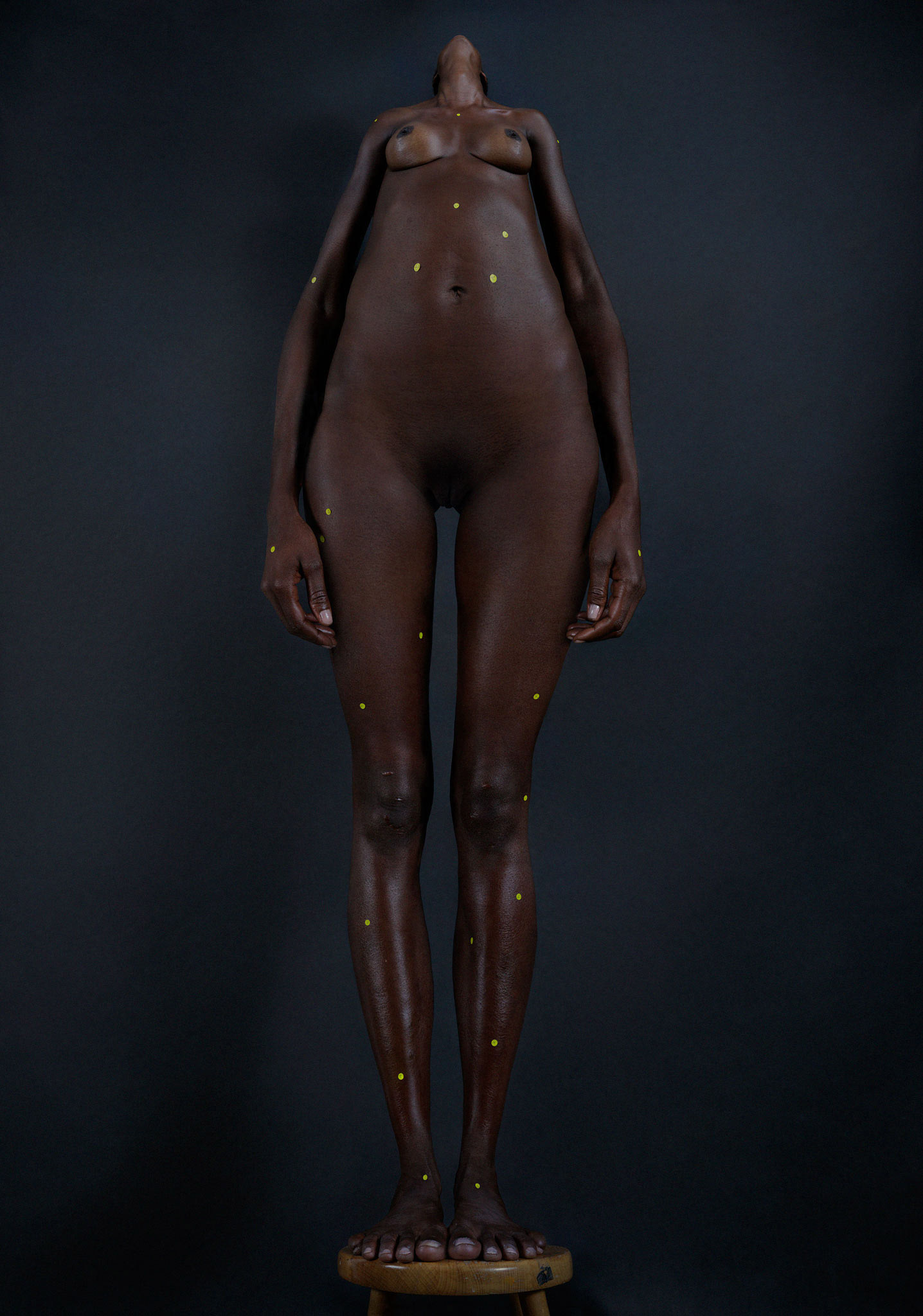
Swiss photographer Roger Weiss shares some background to his incredible Human Dilatations portraits, where the bodies of the photographed women appear dilated and distorted. The effect is reached through a compositing technique inspired by an ancient Japanese art…
Hello Roger, thank you for this interview. What are your main interests as a photographer?
Thank you, it’s my pleasure. At the center of my photographic practice is the female figure: it’s a main source of inspiration for me and shapes my artistic reflections.
Please introduce us to your Human Dilatations series: what is your main intent in creating these images?
I constantly produce figures of women in which I seek my contemporary Totem, an ideal shape, a creation that can contain many elements and distill the essence of things. Human Dilatations originates from this desire. It’s not an art series, but rather the testimony of my daily failures.
How do you think images of distorted female bodies fit the ideas you want to express?
Each image represents a body, some with parts characterized by more or less distorted proportions. The body imposes itself over the head, which is dwarfed to the point of being almost irrelevant. My work is an observation of the modern-day human beings free from two of the things they desire more strongly: physical perfection and the power of the mind. From these premises I approach critically the representation of women in our time and the schema her identity has been reduced to – a set of canons and models that the female individual has to adhere to.
You cite depictions of the female figure dating back to the stone age as a primary inspiration. How exactly did these help you conceive the Human Dilatations images?
The ideal representation of women embodied by some primitive artifacts clearly feature symbols that denote the fragility of life and mankind’s constant march towards progress. Human Dilations embraces these aspects and contrasts the “logic civilization” that has led to the loss of the “human civilization”: in the name of a greater order, we forgot about who we are, the least absolute and definitive beings of the planet.
Can you describe the elaborate composition technique you use to create your images, and how long does it typically take to finish one?
My technique is inspired by kintsugi, the Japanese art of repairing broken pottery with lacquer. I recently made a video that shows the construction of one of my Monolith images: I obtained it by assembling 268 fragments of photographs of the same subject taken at different perspectives. It took 14 hours to complete.
For many of your images you create short videos that “delve” into the pictures to show details of the photographed bodies. Why do you think it’s important to focus on these details?
Suppose I’m observing a real body: I could get closer to it to explore it in detail. My vision of the whole would then be replaced by my perception of its particulars, thus triggering a complex analytical process. I intend to make this a possibility in my photographic practice as well, and at the same time I want to initiate a perpetual motion through which I break into fragments, decompose and reassemble what I observe, obsessed by the details that nurture this endless cycle. For me, details show what we would be inclined to hide due to our culture.
How do you reconcile your work as a fashion photographer with your personal projects, which subvert the stereotypes of fashion photography?
In the same way that I reconcile watching a film by Andrej Tarkovskij and one by Quentin Tarantino: they’re both products of our culture that acquire value in different moments of my existence.
Your latest body of work My Beautiful Broken Women also uses images of dilatated female bodies. What is different in this series from Human Dilatations?
The idea for My Beautiful Broken Women came to me while working on my monolith series. I wanted to show those beautiful faces I had concealed in Human Dilatations. Beside the faces, I focused my attention on the silent marks’ of the models’ lives through specific symbols: a scratch, a puppet snake, a compass, a pin, etc.
How do you hope viewers react to your work?
I hope to arouse their curiosity for new point of views over pre-determined answers.
What have been the main influences on your photography?
Desire.
Who are some of your favorite contemporary photographers?
The Bechers and the Düsseldorf School photographers, Karl Blossfeldt, Wolfgang Tillmans and many others.
Choose your #threewordsforphotography.
Women. Monolith. Space.
Keep looking...
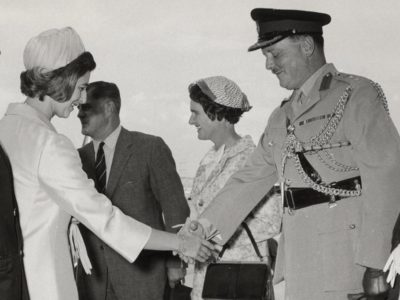
Federico Clavarino Connects with His Grandparents’ Past as Ambassadors of the British Empire

Stranger — Olivia Arthur Looks at Dubai through the Eyes of a Shipwreck Survivor
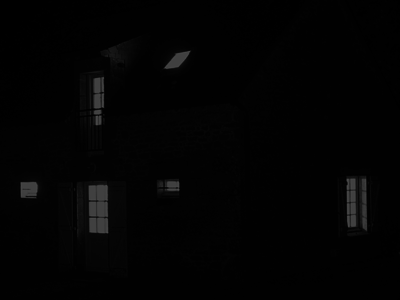
The Gravity of Place — Israel Ariño’s Images Explore How Darkness Changes Reality

FotoFirst — Bucolic Photos of the Small Italian Town Where Massao Mascaro Found His Family’s Roots

Le Château Rouge — Enjoy the Beautiful Colors in Martin Essl’s Photobook

Girls Rule in this Indian Matriarchal Society (Photos by Karolin Klüppel)
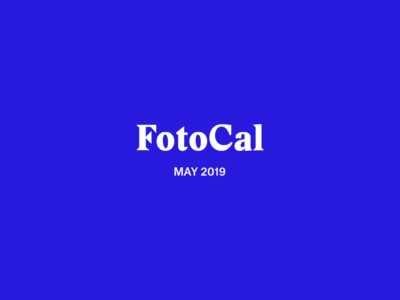
FotoCal — Photography Awards, Grants and Open Calls Closing in May 2019
